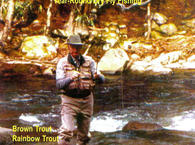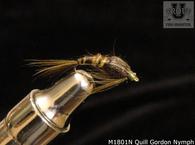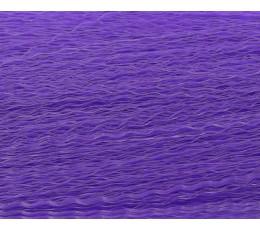
Many anglers consider the PMD to be the most important fly in the West, even more important than the Blue Winged Olive fly. It has predictable hatches that cover a long period of time. There are two major almost identical species the infrequens and the inermis so the same Super Fly will imitate both of them.
The first species to hatch is the infrequens, species. They start to hatch as soon as the water temperature hits fifty degrees Farenheit and the hatch continues as long two months on the same stream. The inermis hatch will start after the infrequens hatch and it too will last a couple of months. While the PMDs will live in any stream with a stable flow of water, they will prefer a stream with vegetation.
They hatch in the morning and the hatch will last longer if the day is cloudy, overcast or if there is precipitation falling. However, you may need to be on the stream fishing by 9:00 o'clock in the morning as the hatch may be over by 10:30 to 11:00 am.
The majority of the PMDs will fall into the size 16 and 18 hook sizes which we stock in our Perfect fly store. The adults after emerging will remain on the surface of the water for one or two minutes before their wings are dry enough to fly away and ripples are not uncommon with the PMDs. They move from the faster water to the slower moving water which is usually the pockets behind rocks or the pockets along the banks. They can also be found in the slower water at the ends of the pools or in the flat slow water found in the longer pools.
Presentation:
In the streams with fast moving pocket water, cast upstream or slightly up and across if it can be accomplished without spooking the trout. Normally you will be presenting the Pale Morning Dun imitation in the waters where it isn't always easy to get a drag free drift. Under these conditions, make short cast and keep all the fly line off of the water so you can prevent drag. If the trout are spooked easily, when fishing in slower moving or smooth water, use a down-stream or cross-stream presentation. If there are not a lot of fish rising to the emerging duns, it may be necessary to cast to an individual fish.





